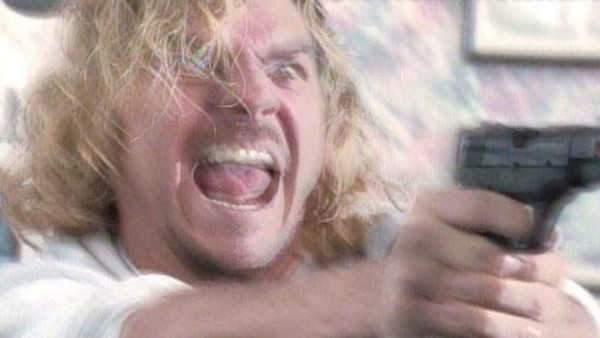Wrestling’s First Ever Kayfabe Break

The rise of the NWA, and its attendant safeguards over a fading outlaw mentality, crystallised a unified philosophy that drew for decades. Wrestling was not on the level, but was presented as such with a grave seriousness across the territory system and its various, region-specific styles. The illusion carefully restored, wrestling fans who knew better were once more receptive to suspending disbelief like the how-dey-do-dats at a magic show. This seems crucial; wrestling, as the century unfolded, operated best on a don’t-tell-don’t-ask basis. So long as wrestling fiercely maintained the illusion, fans were happy to accept it.
In 1989, Vince McMahon finally shattered that (faint) illusion in order to deregulate pro wrestling. He freed himself from paying tax to state athletic commissions by announcing to the New Jersey Senate that wrestling was “an activity in which participants struggle hand-in-hand primarily for the purpose of providing entertainment to spectators rather than conducting a bona fide athletic contest.”
Slowly, with wrestling’s open secret formally outed, this sentiment crept into its narrative.
Though shoots were always prevalent in an industry full of egotists and madmen, the first mainstream performer to break kayfabe as an artistic choice was Brian Pillman. Pillman was the first to blur the lines when he referred to Kevin Sullivan as “booker man” at SuperBrawl VI in 1996. Repackaging himself as a man too mad to follow pro wrestling’s script, Pillman broke unrecoverable ground pro wrestling never cared to rebuild as it once had. This new, rebellious thread of storytelling was a perfect match for the increasingly experimental times - and Pillman, his mask of sanity genuinely slipping, sold the premise to perfection.
With this unrecoverable ground now broken, mainstream wrestling ushered in a new era. The famous Curtain Call incident saw the backstage Kliq faction send off members Razor Ramon and Diesel at MSG, despite its four men being positioned at opposite ends of the babyface and heel spectrum. Though over-emphasised in recent times, to those on the inside, this act of rebellion was fascinating. Both WCW and the WWF transposed its backstage management structures onscreen to add a further, novel dramatic heft to its programming. The Montreal Screwjob was a sensational sequence of events that mirrored wrestling’s outlaw days. In rapid order, WWE dropped the pretence. Insane, patently choreographed stunts became a fixture of episodic television, the stupendous star power obscuring the inconsistency of the internal narrative.
This, again, was crucial. With no such star power to forgive the sins, Vince Russo’s illogical approach in his new home of WCW conspired - in part - to kill it off.
CONT'D...